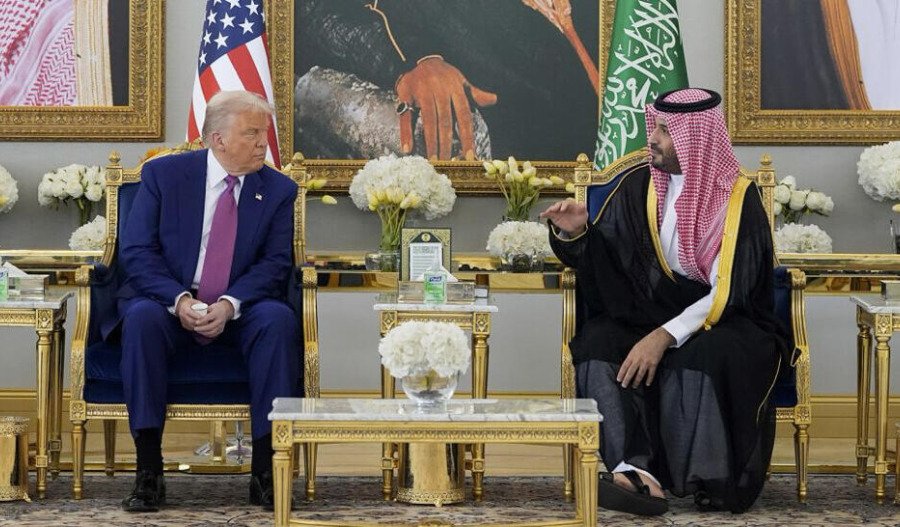Gold prices remained rangebound near multi-week lows during Asian trading on Wednesday, as investor optimism over potential United States trade deals and easing inflation pressured demand for the safe-haven asset.
By 3:35 pm AEST (5:35 am GMT), spot gold had fallen by US$21.87, or 0.7%, to US$3,228.50 per ounce.
The precious metal struggled to find momentum, with sellers appearing to regain control amid receding fears of an economic slowdown and growing confidence in upcoming trade pacts between the United States and several key partners.
Gold has been under pressure despite the latest U.S. inflation data showing a slight cooling. April’s consumer price index (CPI) rose 2.3% on an annual basis, beating expectations of 2.4%.
However, despite the inflation slowdown, expectations for an interest rate cut by the Federal Reserve have been delayed from July to September, with the CME FedWatch Tool indicating a 50.9% probability of a 25 basis point cut in September.
This shift in expectations has weighed on gold, which typically struggles in higher interest rate environments due to its non-yielding nature.
In addition to macroeconomic data, investor sentiment was buoyed by recent developments in global trade. Following the U.S.-China agreement to pause tariffs for 90 days — with the U.S. reducing levies on Chinese imports from 145% to 30% and China cutting duties to 10% from 125% — hopes have grown for further agreements with countries like India, Japan, and South Korea.
The recent U.S.-UK trade pact has also encouraged optimism, contributing to the broad risk-on mood in markets and reducing the appeal of traditional safe-haven assets like gold.
Moreover, markets are closely watching upcoming Russia-Ukraine peace talks scheduled for Thursday. Expectations of diplomatic progress are further weighing on gold prices, as geopolitical risk premiums ease.



